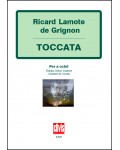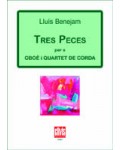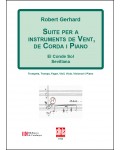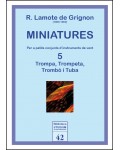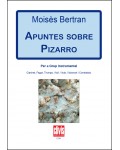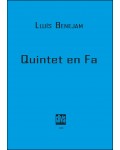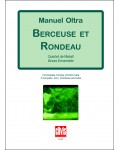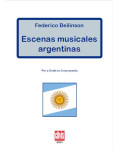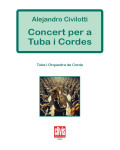
No products
Prices are tax included
Product successfully added to your shopping cart
There are 0 items in your cart. There is 1 item in your cart.
- English
- Castellano
- Català
Suite d'opportunitas
DE536
The origin of Suite d'Opportunitas lies in the chamber opera entitled Opportunitas (Fàbula musicomòrfica) with libretto by Georgina Rabassó and music by Jesús Rodríguez Picó that debuted at the Altaveu Festival in 2004.
| Period | 20th c. |
| Subheading / Parts | Septet amb piano |
| Instruments | fl.cl.clbº.fg.pno.vl.vla.vc. |
| Pages | 32 |
| Time | 13 min |
| Contents | score |
| ISMN | 979-0-3502-0622-1 |
| Remarks | The particellas are available in rent regime. Contact with the publisher. |
| Price of print edition | 19,30€ |
| Edition | Digital |
The origin of Suite d'Opportunitas lies in the chamber opera entitled Opportunitas (Fàbula musicomòrfica) with libretto by Georgina Rabassó and music by Jesús Rodríguez Picó that debuted at the Altaveu Festival in 2004.
The original work was written for nine instruments, soprano, actor and a boys’ chorus, and the vocal parts were separated by brief instrumental fragments (symphony and three interludes). The composer created the septet entitled Suite d'Opportunitas on the basis of these fragments and the transcription of a number of vocal themes.
As with the opera, the septet is structured around the combination of tonal and nodal elements. The Suite begins with the symphony found in the opera, in the style of a Baroque opera, in which the two fragments of the slow and dreamy theme that defines the character of Opportunitas are interspersed.
These fragments are interpreted by two instruments only. The three interludes, with a faster tempo, are conceived on the basis of a marked rhythm. The final fragment, at a marching pace, is defined by one of the main themes, the Demiürgs chorus interpreted by the boys’ chorus, found throughout the whole of the opera.

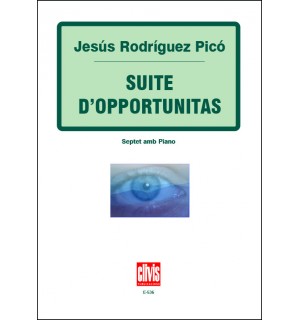




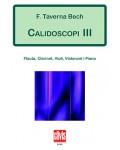
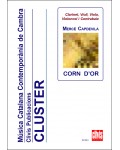
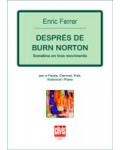
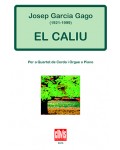
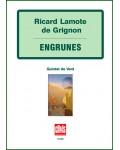
![Érebo [score]](https://www.clivis.cat/854-home_default/erebo.jpg)
![Érebo [parts]](https://www.clivis.cat/858-home_default/erebo.jpg)
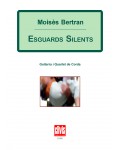
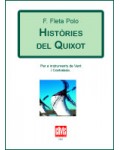
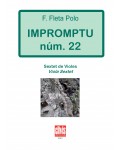
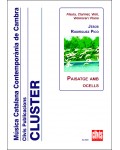
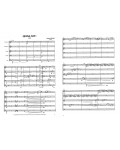
![Quintet de corda [score]](https://www.clivis.cat/65-home_default/quintet-de-corda.jpg)
![Quintet de corda [parts]](https://www.clivis.cat/66-home_default/quintet-de-corda.jpg)
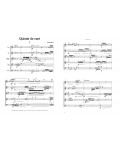
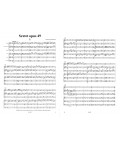
![Sextet [score]](https://www.clivis.cat/936-home_default/sextet.jpg)
![Sextet [parts]](https://www.clivis.cat/942-home_default/sextet.jpg)
